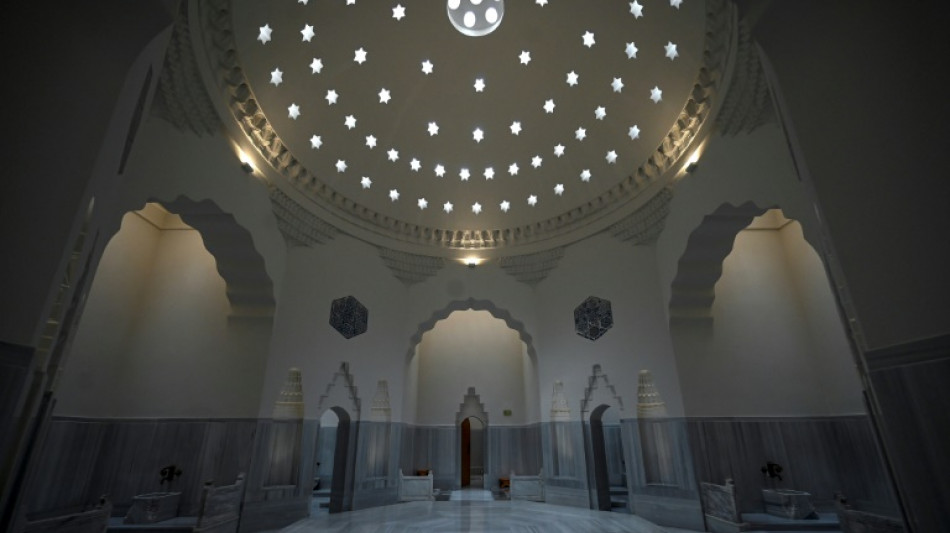
-
 Rangers humiliated, Benfica deny Mourinho's Fenerbahce Champions League place
Rangers humiliated, Benfica deny Mourinho's Fenerbahce Champions League place
-
Shooter kills two children in Minneapolis church, injures 17 others

-
 AI giant Nvidia beats earnings expectations but shares fall
AI giant Nvidia beats earnings expectations but shares fall
-
Kane rescues Bayern in German Cup first round

-
 Argentina's Milei pelted with stones on campaign trail
Argentina's Milei pelted with stones on campaign trail
-
Stock markets waver before Nvidia reports profits climb

-
 Argentina hunts Nazi-looted painting revealed in property ad
Argentina hunts Nazi-looted painting revealed in property ad
-
NGO says starving Gaza children too weak to cry

-
 French PM warns against snap polls to end political crisis
French PM warns against snap polls to end political crisis
-
Gunman kills two children in Minneapolis church, injures 17 others

-
 Djokovic advances at US Open as Sabalenka, Alcaraz step up title bids
Djokovic advances at US Open as Sabalenka, Alcaraz step up title bids
-
Venice Film Festival opens with star power, and Gaza protesters

-
 Ex-Fed chief says Trump bid to oust US governor Cook 'dangerous'
Ex-Fed chief says Trump bid to oust US governor Cook 'dangerous'
-
Globetrotting German director Herzog honoured at Venice festival

-
 Djokovic fights off qualifier to make US Open third round
Djokovic fights off qualifier to make US Open third round
-
Gunman kills two children in Minneapolis church, injures 17

-
 Duplantis, Olyslagers seal Diamond League final wins
Duplantis, Olyslagers seal Diamond League final wins
-
Israel demands UN-backed monitor retract Gaza famine report

-
 Vingegaard reclaims lead as UAE win Vuelta time trial
Vingegaard reclaims lead as UAE win Vuelta time trial
-
Shooter kills 2 children in Minneapolis church, 17 people injured

-
 Defence giant Rheinmetall opens mega-plant as Europe rearms
Defence giant Rheinmetall opens mega-plant as Europe rearms
-
Van Gogh Museum 'could close' without more help from Dutch govt
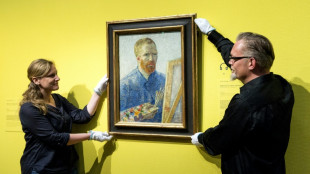
-
 Indonesia's Tjen exits US Open as Raducanu moves on
Indonesia's Tjen exits US Open as Raducanu moves on
-
Trump administration takes control of Washington rail hub
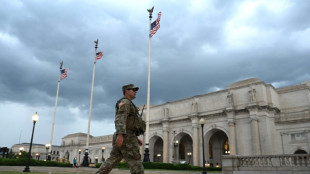
-
 Stock markets waver ahead of Nvidia earnings
Stock markets waver ahead of Nvidia earnings
-
Conservationists call for more data to help protect pangolins

-
 US Ryder Cup captain Bradley won't have playing role
US Ryder Cup captain Bradley won't have playing role
-
French star chef to 'step back' after domestic abuse complaint
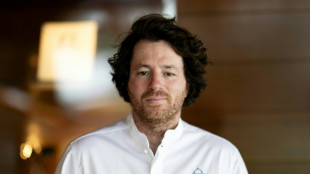
-
 Rudiger returns, Sane dropped for Germany World Cup qualifiers
Rudiger returns, Sane dropped for Germany World Cup qualifiers
-
S.Africa calls US welcome for white Afrikaners 'apartheid 2.0'
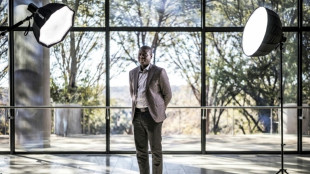
-
 'Resident Evil' makers marvel at 'miracle' longevity
'Resident Evil' makers marvel at 'miracle' longevity
-
Denmark apologises for Greenland forced contraception

-
 Hungary web users lap up footage of PM Orban's family estate
Hungary web users lap up footage of PM Orban's family estate
-
Alexander Isak selected by Sweden despite Newcastle standoff

-
 Italy's Sorrentino embraces doubt in euthanasia film at Venice
Italy's Sorrentino embraces doubt in euthanasia film at Venice
-
Trump urges criminal charges against George Soros, son

-
 Wildfires pile pressure on Spanish PM
Wildfires pile pressure on Spanish PM
-
Stock markets mixed ahead of Nvidia earnings

-
 Football's loss as hurdles sensation Tinch eyes Tokyo worlds
Football's loss as hurdles sensation Tinch eyes Tokyo worlds
-
Pakistan blows up dam embankment as it braces for flood surge

-
 Lego posts record sales, sees market share growing further: CEO
Lego posts record sales, sees market share growing further: CEO
-
France overlook Ekitike for World Cup qualifiers, Akliouche called up

-
 Rain no obstacle, Lyles insists ahead of Diamond League finals
Rain no obstacle, Lyles insists ahead of Diamond League finals
-
Record-breaking rain fuels deadly floods in India's Jammu region
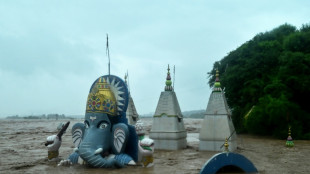
-
 Showtime for Venice Film Festival where stars and Gaza protesters gather
Showtime for Venice Film Festival where stars and Gaza protesters gather
-
Almodovar urges Spain cut ties with Israel over Gaza
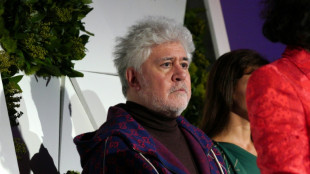
-
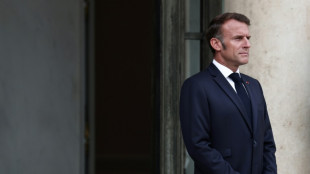 Macron gives 'full support' to embattled PM as crisis looms in France
Macron gives 'full support' to embattled PM as crisis looms in France
-
Stock markets diverge awaiting Nvidia earnings

-
 German cabinet agrees steps to boost army recruitment
German cabinet agrees steps to boost army recruitment
-
Denmark summons US diplomat over Greenland 'interference'


Istanbul's historic baths keep hammam tradition alive
For centuries, hammams were central to Ottoman society, and while they fell out of use in Turkey with the advent of running water, many are being restored to revive an ancient ritual bathing tradition.
Often featured in older Turkish films, hammam scenes are highly entertaining, with women not only bathing but enjoying these historical bathhouses as a place to socialise, eat, drink and even dance.
Last year, the 500-year-old Zeyrek Cinili Hammam -- built during the reign of Suleiman the Magnificent by the celebrated Ottoman architect Sinan -- reopened to the public after a painstaking 13-year restoration.
Alongside a functioning hammam, it also houses a museum explaining its history and the Ottoman ritual of bathing.
"The restoration somehow turned into an archaeological dig" that gave insight into how the hammam once looked, museum manager Beril Gur Tanyeli told AFP.
"Around 3,000 pieces of missing tiles were found which helped solve the puzzle of why this hammam was called Cinili" -- Turkish for "covered with tiles".
The beautiful Iznik tiles that once lined its walls were exclusively produced for the hammam, with no other bathhouse having such a rich interior, museum officials say.
Although most were damaged by fires or earthquakes, or sold off to European antique dealers in the 19th century, some are still visible.
The restoration also exposed several Byzantine cisterns beneath the hammam.
"Sinan the Architect is believed to have built the hammam on top of these cisterns to use them as a foundation and as a source of water," Tanyeli said.
- From cleansing to celebration -
In ancient Rome, bathing culture was very important and it was "traditional for traders to wash before entering the city, especially in baths at the (city) entrance," archaeologist Gurol Tali told AFP.
During the Ottoman empire, bathing culture had its golden age, with the ritual symbolising both bodily cleanliness and purity of soul.
In Islam, a Muslim must wash before praying, in an act known as ablution.
Hammams were also a place for celebrating births and weddings.
"Baths were used not only for cleansing the body but for socialising, relaxing, healing and even celebrating important life events," with special rites for brides, soldiers and those who had undergone circumcision, Tali said.
Since households at the time did not have running water, hammams were an essential part of life until the 19th century, with census figures from 1638 showing there were 14,536 public and private baths in Istanbul, the museum says.
And that tradition has survived until today.
"You come here to get clean and leave handsome," said Zafer Akgul, who was visiting one of the city's hammams in the city with his son, telling AFP he visited often, particularly during religious feasts or for a wedding.
"We don't want this tradition to die."
- 'Passing on cultural heritage' -
That is where Istanbul's ancient hammams can serve a bigger purpose, Tali said.
"Restoring historical baths in Istanbul and putting them to use may be the most effective way to transfer cultural heritage to future generations," he said.
Another nearby bath house from the same era, the Beyazid II Hammam, underwent years of restoration and reopened as a museum in 2015.
One of the largest hammams in the city at the time, some historians believe it was where a notorious male bathing attendant, or "tellak", called Halil plotted an uprising that in 1730 overthrew Sultan Ahmed III.
For Manolya Gokgoz, who does publicity for Cemberlitas Hammam, another 16th-century bathhouse built by the royal architect Sinan, the connection is more personal: her grandmother worked there as a "natir" -- a woman's bathing attendant.
"When I was two or three years old, I would go to the baths in the morning, wash and play by myself until the evening without getting bored," she told AFP.
For Gokgoz, the tradition lives on -- although mostly among tourists, which for her is a shame.
"In the past, we used to go to the hammam with our mothers and grandmothers. Now 70 percent of our customers are foreign tourists and 30 percent locals," she said.
These days, the hammam experience -- which lets bathers relax in hot, warm or cool pools alongside extras like massages or peeling -- is quite expensive, with the basic service costing around $100.
Celebrities, both Turkish and international, often visit Cemberlitas, with the last being Spanish actor Pedro Alonso -- the character Berlin in the Netflix hit "Money Heist" -- who visited in September.
"Hammam is not a luxury, but a need," Gokgoz said.
"Yes, it's not like in the past because we have hot water at our fingertips, but we need to keep this tradition alive."
P.Martin--AMWN